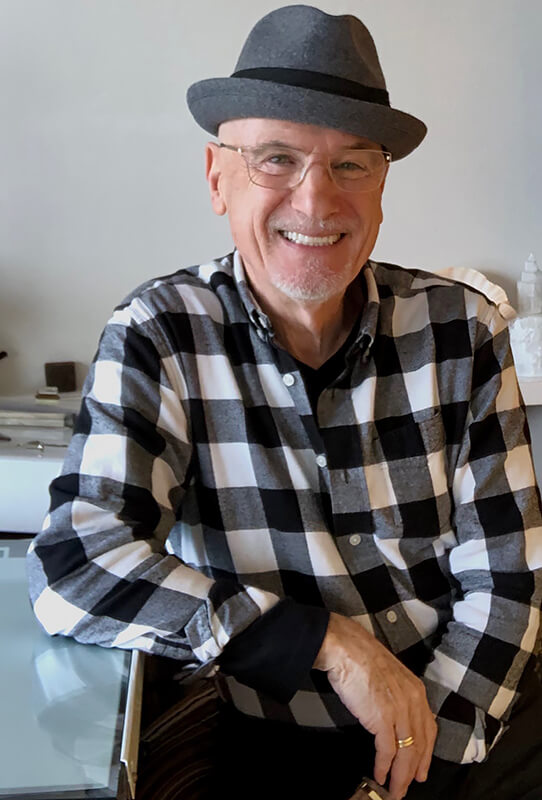Stephen Albair was born in Massachusetts and raised in New Hampshire. He currently lives and works in San Francisco. Educated at Illinois State University in Design, he is a self-taught photographer, lecturer and a college teacher, for over 40 years. His work in tableau photography began in 1974 with the purchase of a 35mm Nikkormat, which has remained the only camera for his work. Numerous exhibitions and installations have been staged in the US and Thailand. He has authored three books with a fourth book currently in progress. The images are mostly rooted in memoir built on found objects with Art Historical references. The focus is not so much on a series of images but rather a board range of subject matter, from early memories, to the current political landscape. His photos represent intuitive responses to ideas through self-reflection. By mastering the techniques of tableaux photography he has created a significant body of work that have enhanced his skill as an artist and storyteller.
Statement
Photography is a unique way of seeing the world. Life's ambiguities, love, loss, and longing, are my subject matter. These ideas evolve through a meaningful search for content, with no specific audience in mind. Ultimately, an audience perceives all content based on their own personal experiences. Familiar objects trigger our memory, reminding us of how we understand the world. I constantly search for unique objects that speak to me. My set-ups are arranged to illustrate an intention, an action that something has just happened -or is about to. Tableau photography provides the stage, much like actors in a play. The procedure of building a photograph creates an air of playfulness that allows for a different way of thinking about common human experiences. The audience is delivered thought-provoking ideas tinged with humor in a fabricated world. This process playfully exposing the surreal nature of reality and questions what is real or simply realistic—leaving the viewer to decide.
Articles:
Hidden Gardens - Secret Views
SPECTACLES: A Memoir of Jewelry and Photography
Miss Nude World
For the Love of DOGS